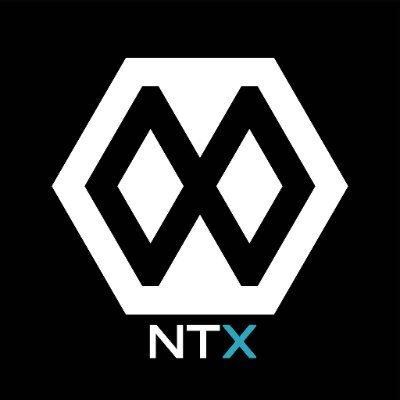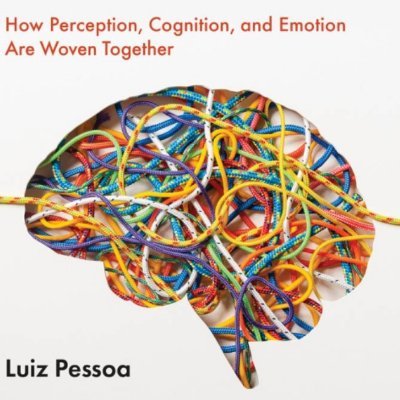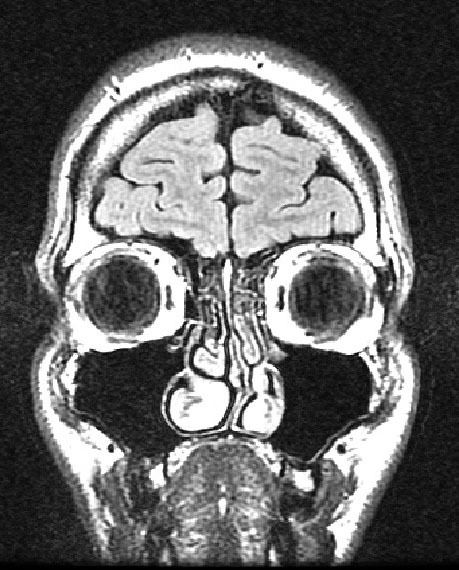
Alexander A. Wolf
@alexanderawolf
CEO @ http://artificialbrains.ai Accelerating Edge AI & Neuromorphic Tech
The entire flow works like this: dendrites receive signals that are either excitatory, pushing the neuron to fire, or inhibitory, holding it back. When the soma’s total input crosses a fixed threshold, it generates an all-or-nothing electrical pulse called an action potential.…
The axon is the neuron’s single output connection. When the threshold is reached in the soma (the neuron's body), the axon carries the neuron’s response as an all-or-nothing electrical pulse. This signal travels down the axon and branches out to reach thousands of other cells:…
Please join us for our festival tomorrow night. If you are an investor, we open a doors a bit earlier at 4h30 I've worked hands-on with all these teams in the last five weeks. There are some incredible people and projects. Watch the video to see what the founders are building.
50 robots 25 food trucks 1 DJ we’re hosting the largest robotics festival in SF tomorrow. RSVP below
The soma is the neuron's processing core. Along its membrane, the soma continuously sums tiny voltage changes caused by ions flowing in and out from the dendrites: positive currents excite, negative ones inhibit. When the combined voltage crosses a threshold, the soma fires a…
The neuron has three core structural parts we must translate into code and hardware. First, the dendrites: the neuron’s complex, tree-like inputs. They receive excitatory and inhibitory signals from thousands of other neurons, each one nudging the cell toward or away from…
Smaller than a quarter. Smarter than you think. Meet the AKD1500, delivering 800 GOPS at just 1 mW. Real intelligence at the edge! 🔗 Learn more → bit.ly/AKD1500Chip 📰 Announcement → bit.ly/AKD1500Launch #EdgeComputing #AI #TechInnovation #LowPower
Full stack devs, SWEs, MLEs, forward deployed engineers, research engineers, applied scientists: we are hiring! Join us and tackle cutting-edge challenges including physical AI, time series, material sciences, cybersecurity and many more. Positions available in Paris, London,…
We can think of the neuron as the ultimate bio-transistor. Unlike traditional Von Neumann devices that separate memory and processing, the neuron is a self-contained unit that performs both: storing information in its state while processing incoming signals. In other words,…
At the cellular level, signals in the brain, unlike in traditional computers, do not run on a continuous clock or carry continuous values. Instead, they occur as discrete, asynchronous events known as Spikes. The two traits: a distributed, specialized architecture and…
From an architecture perspective, the brain is composed of not one, but hundreds of specialized, highly parallel areas that constantly interact in synchronicity to coordinate a response to the environment. Computation is distributed, and memory is integrated everywhere. [Chap…
Across the world, companies and research labs are exploring new frontiers: photonic chips, which compute with light, and neuromorphic chips, which emulate the behavior of neurons at a cellular level, bringing computation a step closer to biology itself. But what lies beneath the…
What makes the brain so different, and so special? Why will traditional computers never match its intelligence or efficiency? The dream of Artificial General (Super) Intelligence will remain just that, a dream, as long as it runs on Von Neumann machines, bound by binary logic…
When we think about intelligence, we think of the human brain. The brain runs on roughly 20 watts of power, about the same as a dim light bulb, and performs the equivalent of an exaFLOP, or around a billion billion operations per second. To match that level of computation, a…
The limits of the digital-Von Neumann model are becoming impossible to ignore. On one side, the energy and infrastructure required to run large language models are unsustainable. On the other, transistors are shrinking toward quantum scales, where stability and further…
Neuromorphics: The 20-Watt Computer [Chap 1.1.]: Modern computing relies on two fundamental ideas: The first is the digital paradigm, where information is represented as binary digits (0s and 1s). The second is the Von Neumann architecture, which separates memory from…
In a recent hackathon, we created Maestro, a symphony simulator where an LLM generates classical music based on live hand gestures. It wasn't only fun, but it was a perfect use case to test why we should prioritize Edge Computing (some reasons): 1. Privacy (huge): The most…
cladlabs.ai is a very clever idea. If @xkevin_le & @zzzbuggg can figure out how to bring dif types of content and experiences (masterclass, video games, deeplearning.ai, coursera, chats, even ads, etc) beyond tiktok, it could be a hit. People ultimately…
The best companies start with a single question: what problem deserves your brain?
United States トレンド
- 1. Jokic 25.8K posts
- 2. Lakers 52.8K posts
- 3. Epstein 1.68M posts
- 4. #AEWDynamite 50.3K posts
- 5. #River 5,098 posts
- 6. Nemec 3,349 posts
- 7. Clippers 14.5K posts
- 8. #ReasonableDoubtHulu N/A
- 9. Shai 16.3K posts
- 10. Thunder 41.1K posts
- 11. #NJDevils 3,118 posts
- 12. #NIKKE3rdAnnivBattleReport 8,598 posts
- 13. Ty Lue 1,162 posts
- 14. Nemo 8,647 posts
- 15. Mikey 72.1K posts
- 16. Markstrom 1,262 posts
- 17. LAFFERTY N/A
- 18. Rory 8,117 posts
- 19. Joker 26.8K posts
- 20. Steph 30.2K posts
Something went wrong.
Something went wrong.









































































![mhough's profile picture. [In thick Austrian accent] Just some guy, you know.](https://pbs.twimg.com/profile_images/378800000709778870/cca78522d1f78af68d02505415d8fd2e.jpeg)

















